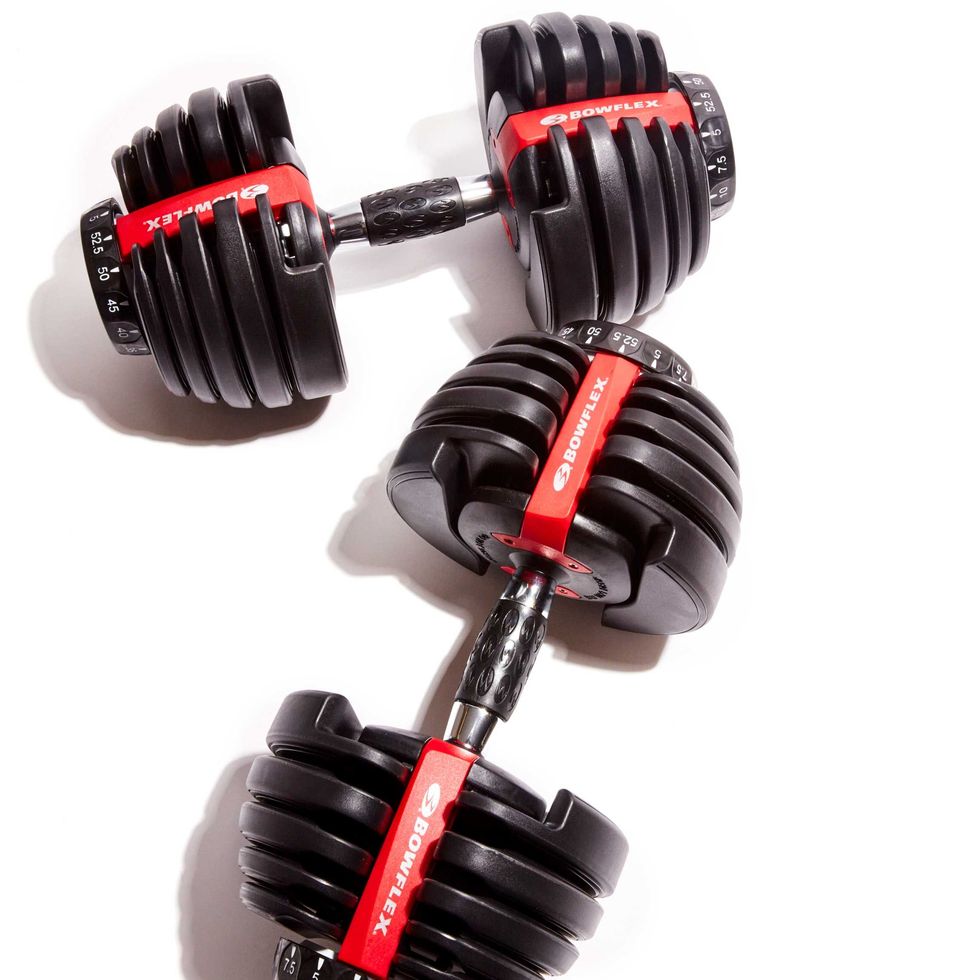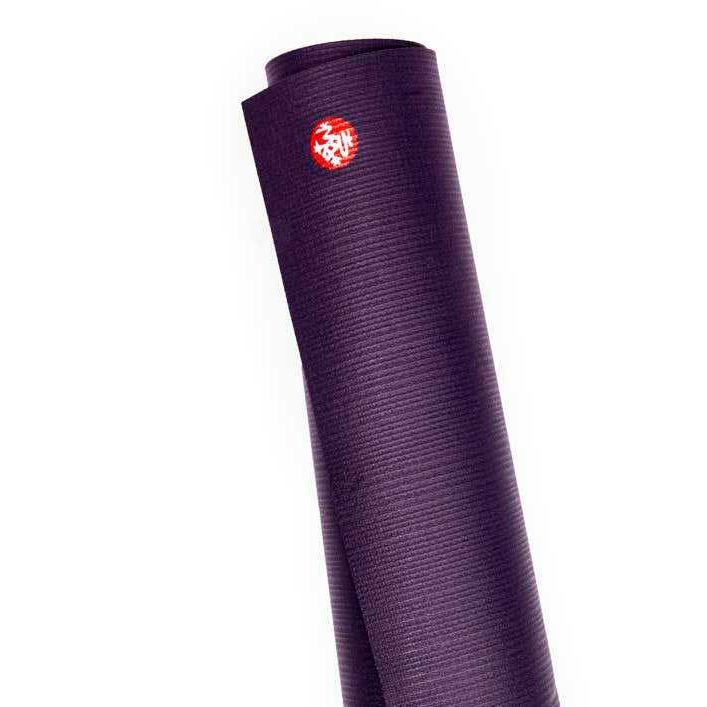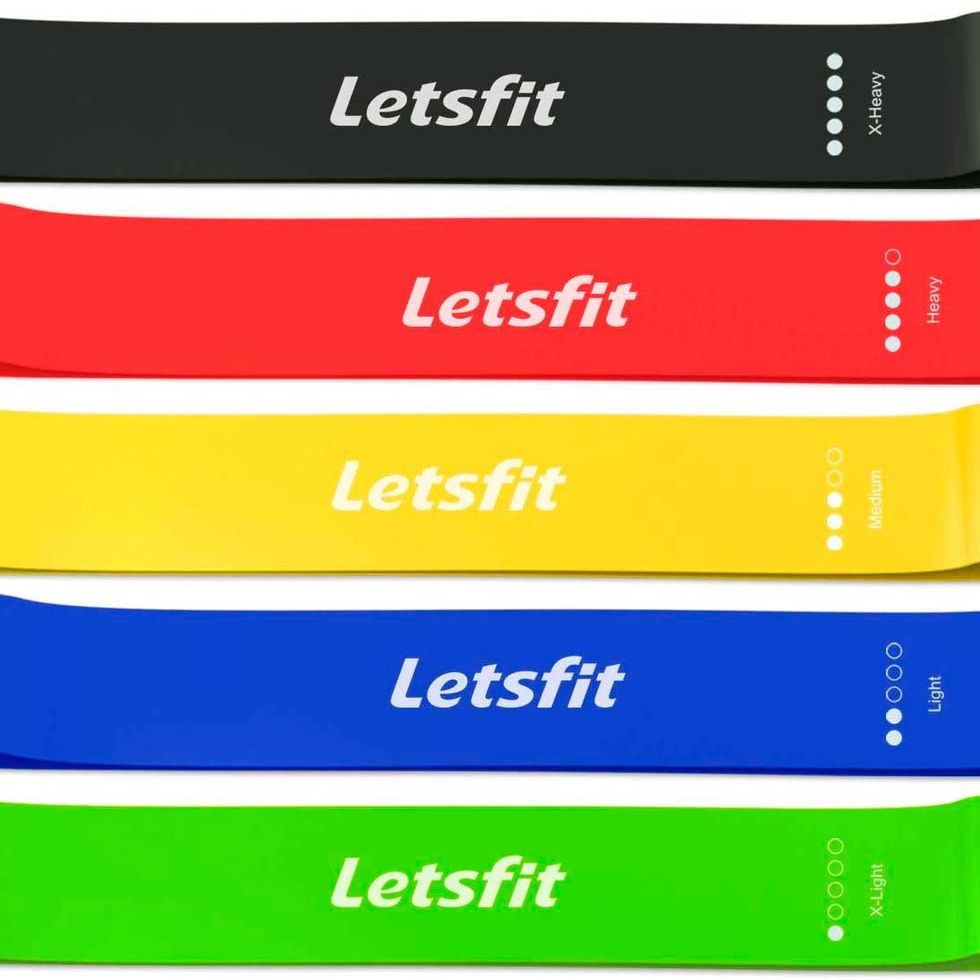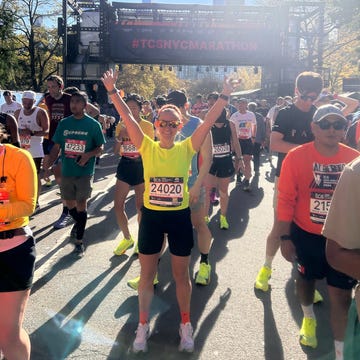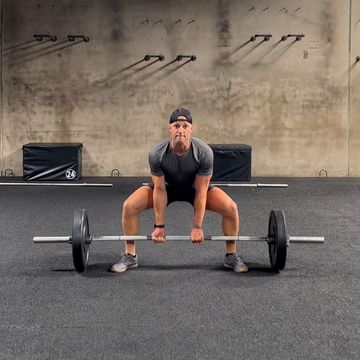If you think about it too hard, running makes little sense. We are making a choice to suffer, to feel hardship, to sweat and ache and get uncomfortable. It’s no wonder our nonrunning friends think we’re all a little weird.
So then why do we do it? For me, it comes down to this: Running trains me how to hurt. The end of a hard workout is a benchmark that tells me how much hurt I can handle. It gives me the confidence to hurt a little more the next time. And a little more, and a little more.
A few years ago, I read a story about a man in his 50s who quit his job in IT to start a North Brooklyn pizza shop because he loved cooking Italian food for his family more than anything. His story resonated so much that I sent him a message on Instagram. He asked me about my dreams. I told him, but gave him excuses about why I couldn’t go after them. His response: “The walls of fear are paper-thin.”
Those words stuck with me when, later that year, I ran the NYC marathon. It wasn’t my first, but there was something undeniably different. It was me. I was stronger. I dug deeper. I endured more physical discomfort than ever before. At the finish line on that perfect fall day in Central Park, I felt overwhelmed with joy, but filled with pain. Tears streamed down my face, and yet I was smiling from ear to ear. It is a moment so strong and powerful that it is almost confusing when it happens. You know what I mean if you’ve experienced this. It is in this very moment that you learn to love and appreciate pain and discomfort.
This is not because suffering is glamorous. Rather, it is when you recognize that the obstacles and discomfort you thought were blocking you from the finish line are, in reality, paper-thin. If you continue to push through and persevere, you will find that victory and success are waiting on the other side.
The world will continue to try to add more weight to your shoulders. There will always be an obstacle to overcome, because life’s challenges never stop. But running has taught me not to fear the discomfort and pain, but instead to use it as a tool that achieves successes and overcomes difficult things.
The common problem here? Pain and hardship suck. It’s much easier and more comfortable to watch those weird runners through the window. But if you stay put, you’ll never know how thick those walls really are.
I stay connected to things that are not easy, because life is full of great joys, but it comes with hard work, and I’m better in my relationships, I’m sharper professionally, and I have a greater sense of appreciation for others when I use running and strength-training as the valuable tools that they are to continue to be my best self.
So the next time you are in a really hard workout, one that you know is going to hurt, here are my strategies to embrace the challenge and get stronger.
→ Emotion is a powerful force
It will tell you what’s meaningful to you. Use your emotions to fuel you. Get mad at the bar when you keep missing your lift. Use running to work through tough decisions happening at your job. Allow movement to provide opportunities to work through things you are facing both professionally and personally. Extreme emotions allow you to experience extreme efforts. Feel the pain. Don’t try to go somewhere else or put your mind in another place. Instead, embrace it. Sit in it. Settle into it and stop trying to avoid it.
[Download the All Out Studio App for more amazing at-home workouts!]
→ Accept that it will not be easy
Progress is hard. Tough efforts will be tough. Instead of avoiding hard work and discipline, start to welcome it. Start to look for it, maybe even crave it. This provides you with a chance to accept and appreciate the fact that a challenge will have moments of extreme difficulty and that you might be tempted to quit. Keep going. Stop looking for a shortcut or an easier path to overcome moments of hardship. Once we accept that there are no shortcuts, we become patient. We start to understand consistency. We start to appreciate the process and we realize that there are no quick fixes to reach success. After all, would success taste as sweet if we overcame nothing to get there?
→ Train with people who are more fit than you
They have been exactly where you are at one point in their running life. They’ll keep you accountable and show you what’s possible in your running future if you dig deeper.
→ Fill the bucket a little bit every day
The key to success in anything is patience, persistence, and consistency. It’s not one big training day that matters. It’s weeks, months, and years of training that matters. Progress comes in small doses compounded over time, which means that one bad day—one run that hurt too much—isn’t going to derail your improvement. Keep consistent and you will get better.
→ Stop talking about it
Action over words. Talking gets in the way of doing. The people who are really doing it aren’t sitting around talking about what they are going to do. They are showing you.
→ Stop looking for external rewards
The reward for overcoming difficult things is simply that: working through a challenge and becoming better because of it. The praise, the pat on the back, the chance to brag (dare I say, even the finisher’s medal) should never be your driving force. It will only be a matter of time before that no longer is strong enough to drive you through the hardship. It must come from within. The funny thing about that day back at the finish line in Central Park? It was a 22-minute PR for me. But that, somehow, is one of the last things I think about when I reflect on that day. I think about how I felt.
I hurt—a lot. And that felt good.

A running veteran for more than a decade, Movold is a licensed strength and running coach for Runner’s World+ members and at the Mile High Run Club in New York City. When she’s not motivating class-goers through grueling treadmill workouts, you’ll likely find her zig-zagging boroughs on bridges throughout Brooklyn and Manhattan or training for her next marathon . She’s ready to push you to your next running goal as she chases her own—running a marathon in under 3 hours.


